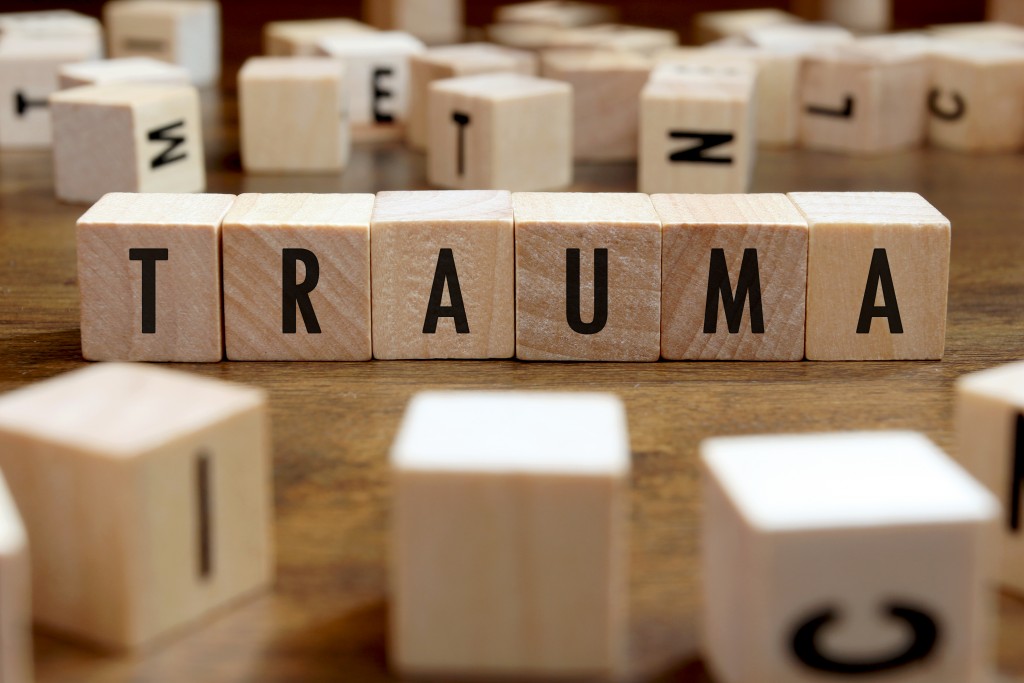Most people will undergo some form of trauma in their lifetime. Fortunately, some people do not experience long-term effects, but other people do. This phenomenon is known as PTSD. It is not a sign of weakness or personal failure; rather, it is a biological malfunction that can be effectively treated.
What Is PTSD?
Posttraumatic stress disorder (PTSD) is a psychiatric disorder that can happen to people who have witnessed or experienced a traumatizing event. These include but are not limited to domestic violence, war, natural disasters, and rape. It affects around 3.5% of adults in the U.S.
Causes and Symptoms
Once the brain senses a potentially harmful situation, the hypothalamic pituitary adrenal (HPA) axis releases various stress hormones to prepare the body for immediate action. It is necessary for the fight-flight-freeze response. The presence of these hormones causes physiological changes such as tense muscles and a quicker heart rate.
Even after the event takes place, high levels of stress hormones may linger for days, which may lead to nightmares and other symptoms. The hormone levels usually stabilize after a couple of days to two weeks. Along with it, the unpleasant sensations fade away, but some people who undergo trauma continue to experience problems. Sometimes the symptoms temporarily subside but reemerge after a few months.
It is still unclear why this happens. The prevailing theory states that a stress hormone called cortisol could be continuously activating the fight-flight-freeze response. This lowers overall brain function, which leads to the appearance of symptoms. The symptoms fall into four broad categories.
Four major categories of symptoms and their examples:
- Intrusive thoughts – nightmares and flashbacks
- Negative thoughts and emotions – feelings of guilt and anger
- Reactive symptoms – finding it hard to sleep
- Avoiding reminders of the trauma – not wanting to talk about the event
It would be helpful to remember that not everyone will experience all of these symptoms. Each person will also experience the symptoms with varying intensity. If the symptoms persist for more than one month, a person is usually given a diagnosis of PTSD.
Available Treatments

- Psychotherapy, also known as talk therapy. This involves communicating with a mental health professional to treat the illness. It can be individual or by group. Psychotherapy typically lasts for six to twelve weeks, but it can also be extended. If you are interested, look for counselors or psychiatrists in nearby areas such as South Jordan.
- Medication. Antidepressants such as paroxetine and sertraline may be used to treat PTSD in adults. It can help alleviate anxiety and sleeping problems.
- Eye movement desensitization and reprocessing (EMDR). This is a new treatment that can reduce the symptoms of PTSD. It involves making eye movements while recalling the traumatic event.
According to data from the National Institute of Mental Health, the average person struggling with a mental illness takes over ten years to seek help. If you suffer from symptoms of PTSD, you may be reluctant to seek help at first because of the stigma that surrounds mental health concerns. Arming yourself with information and receiving support and encouragement from people you trust can be the first step toward getting better.

